Alastair Cook FRSA shares his experience of putting together his photographic series in McArthur’s Store, Dunbar.
“Arresting and nostalgic, contemplative and intriguing…Cook’s portraits create their own atmosphere and intrigue. Rooted in place, they reflect its spirit, at once harsh and poetic; the tracings of light from a northern sky on raw metal.”
- Giles Sutherland, The Times [4 Stars].
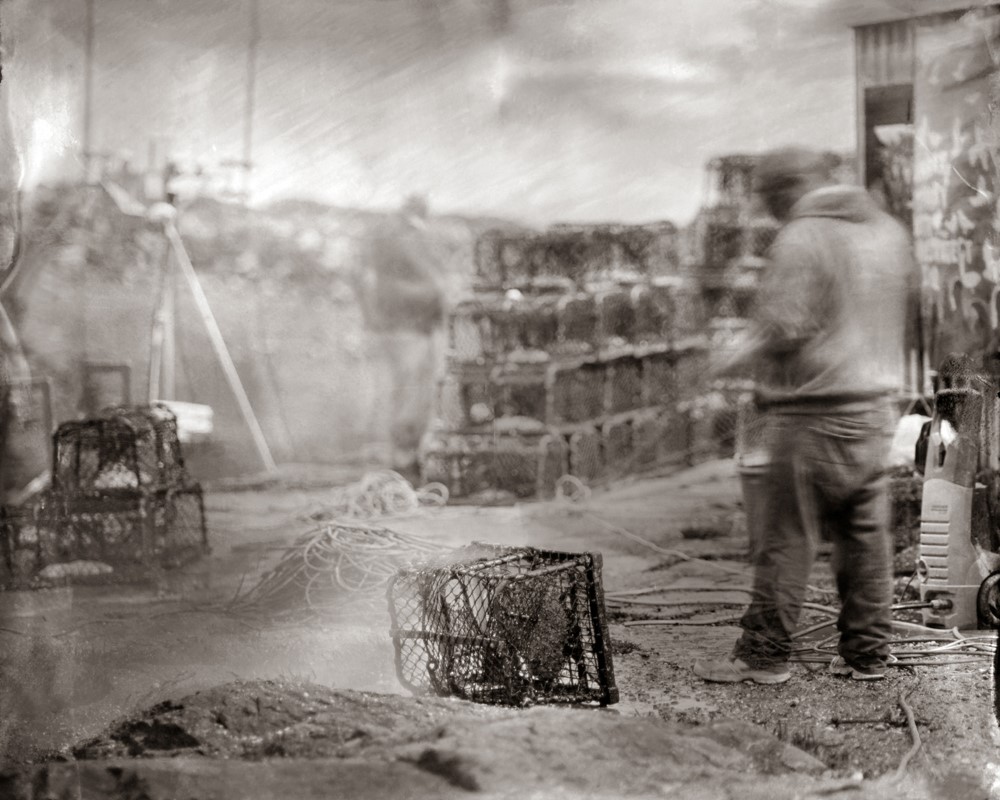
‘McArthur’s Store’ is a series of photographic work made within the fishing community of Dunbar, a small town on Scotland's Eastern Seaboard. For two summers I made wet plate collodion portraits of the fishermen in McArthur’s Store, originally a mid-17th century girnel on the Cromwell Harbour. Recently fully restored, the building is inhabited by fishermen who rent stores for the repair and maintenance of their creels.
Dunbar is an expanding town, nestled on the coast, north facing and equidistant between Edinburgh and Berwick-upon-Tweed. At each of its three edges (as the fourth is the sea) new housing estates are arriving. This is a thriving place with local businesses successfully working hard to keep a busy and active High Street. This is a place on the east coast mainline, London in under four hours and yet a commuter town for our own great capital. The harbor, though, is a place apart. It comprises of three stretches of water - Cromwell, or Old, then the Broadhaven then finally Victoria Harbour, whereby the Victorians finished the work Cromwell started in the destruction of Dunbar Castle to offer a duck neck opening which to this day needs a trick to navigate. Dunbar Harbour Trust work hard to maintain the harbour and have just finished restoring the Battery, a Napoleonic shore battery on Lamer Island in the midst of the three harbours. Opposite this sits McArthur’s Store, beautifully restored.
I took up residence in the Store beside these working fishermen in 2012. They are supported by their community and the Dunbar Harbour Trust, which owns their building, yet are perpetually concerned with increasing fees, demanding safety measures, perceived ‘red tape’, and the prospect of a dwindling market. Like me, they are self-employed family men and yet they work somehow together as one. There is not one who would not command respect.
After beginning, I learned that the fishermen were bringing on the next generation, so focused on portraits of recent school leavers, already experienced fishermen. Regardless of the precarious nature of their future, they live in the present, propelled by the strength of the fishing past, each from a lineage, each somehow related to the other, grown together. So the work falls into three parts – the place, the fishermen, and their sons.
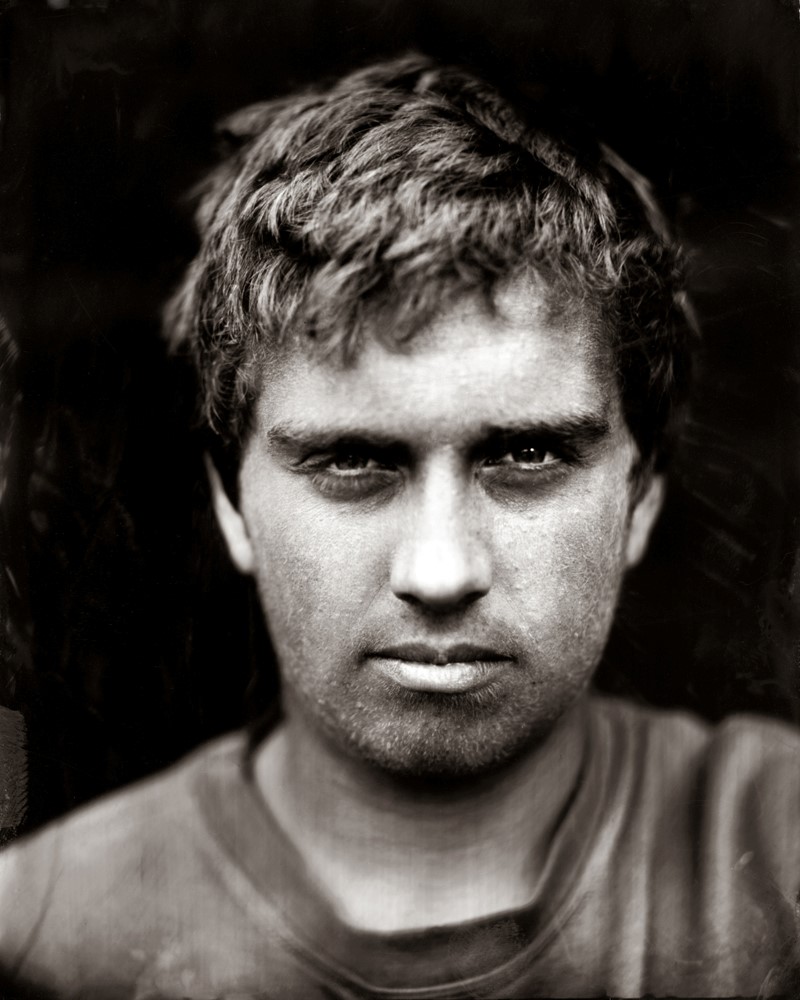
Wet plate collodion
“At a time when it has never been easier to capture someone's image, the photographs in this exhibition and accompanying book display an older craft. What sets this work apart is its sheer physicality: the portraits are sensuous, vital, vulnerable, proud. When I look at them I feel as if the image might lift off the page, or that I have gone into the image in some way.”
- Guinevere Glasfurd, Author
Wet plate collodion is a photographic process invented by Frederick Scott Archer in 1851 and was a primary method of capturing images on glass or metal plates from the early 1850s until the 1880s or so. It is a wet process and must be completed before the plate dries, easily ten minutes or so in our genial Scottish climate; this timeframe brings an involvement from the subject, who bears witness to the production of a unique and revealing image from beginning to end. This time with the sitter is imperative and the better we know each other, the better the portrait. These are reverse positives, so they reflect you as you see yourself, a mirror.
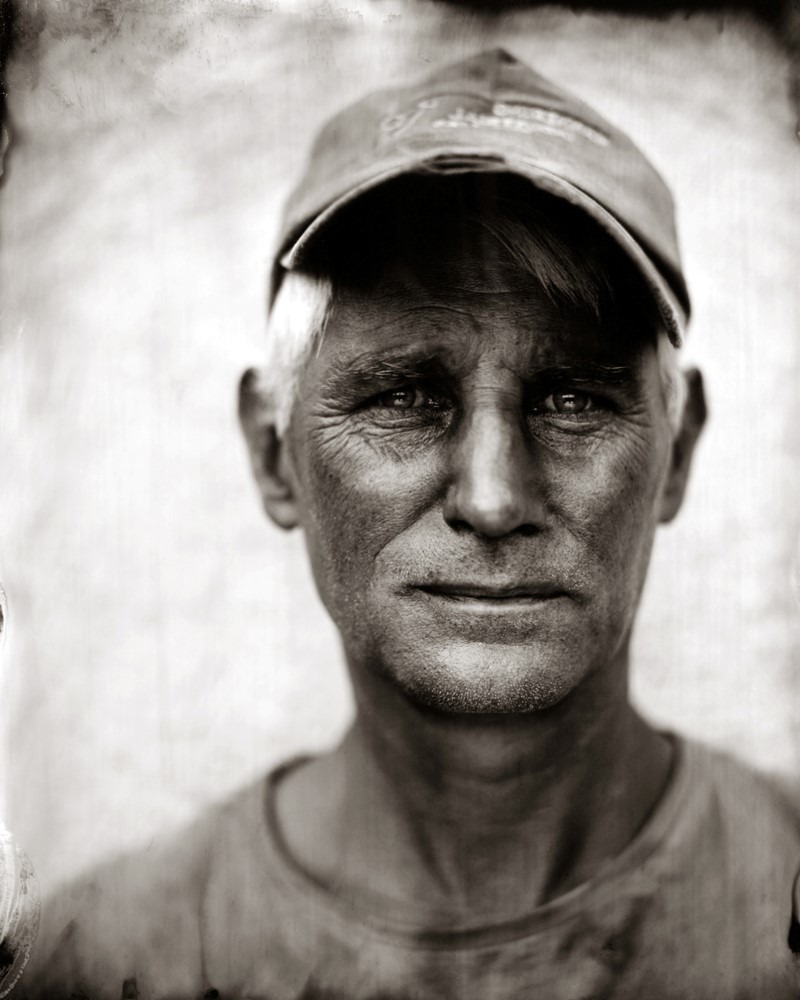
I attended a lecture at Edinburgh College of Art by the photographer David Gillanders in 2009, where I snuck in amongst the students to see his incredible work on the plight of the Ukrainian street children. At the end of the talk he showed a few sepia images of boxers (a subject I am passionate about) and passed a small bottle around. I sniffed it and was immediately thrown back to being a young boy: my father is a veterinary surgeon and used something that smelled like this to put the animals to sleep for surgery, an event I attended regularly in lieu of after school care. Ether came to mind though I was not sure. I found its smell beguiling. David’s bottle contained collodion.
So, what exactly is it? Well, it is in essence a fantastically pungent liquid that assists a light sensitive solution of silver nitrate to adhere to a substrate of (usually) metal or glass. Stinks of ether because it contains ether: I had a deep headache that first summer and didn’t complain about it once. My intention was to record these fishermen using this process simply because it is sensitive at the ultra-violet end of the spectrum. Our skins are translucent, just, and these men have worked outside their whole lives, beaten by all weathers offering a suggestion that we are actually peering beneath their skin. Since beginning this project, the process has undergone a renaissance – it is not an immediately straightforward process and I enjoy that fact that it is often tricky, however practiced I feel or confident on the day – wet plate collodion has the propensity to unravel the best practitioner.
The first plates I made with a Kodak Brownie, bought from a market in Edinburgh for £4. I still have it; photographer Katie Cooke told me about the wee ledge on which the plate can sit, the spring on the back of the door, the possibility of complete failure versus the impossibility of precise success. I have Katie to thank for teaching me many things though mostly by kicking the cats out of her bathroom, locking me in, lighting a cigarette, and shouting instructions for how to mix chemicals though the door.
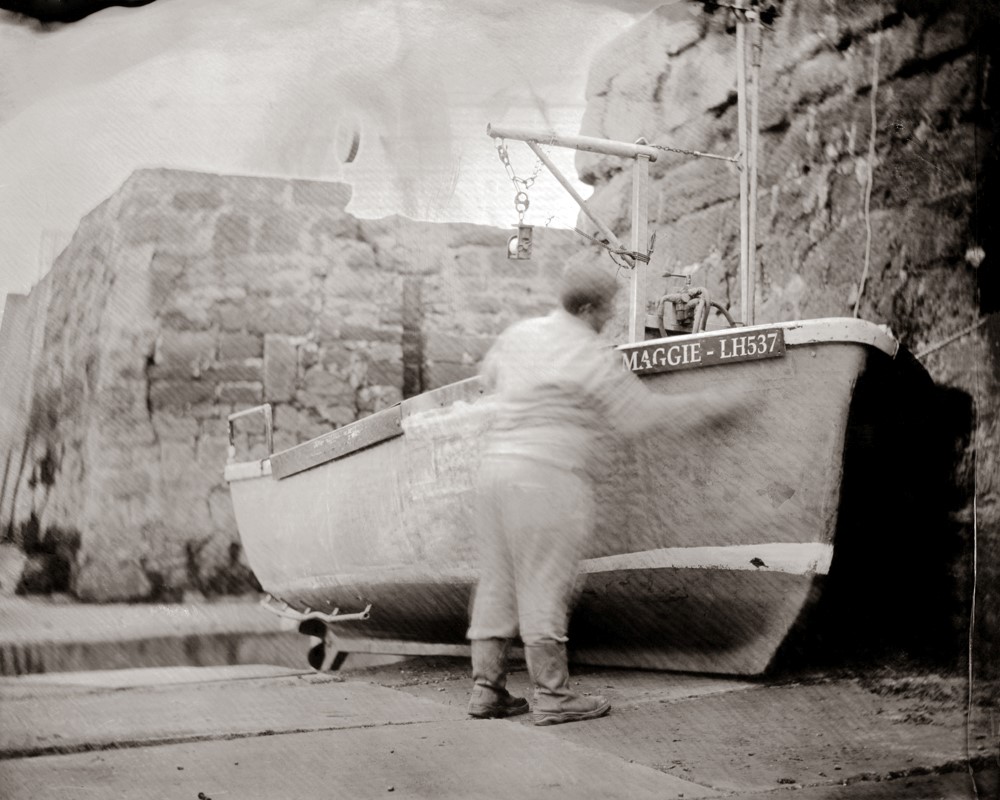
This work was initially funded by Creative Scotland as part of North Light Arts contribution to Year of Creative Scotland 2012 and Year of Natural Scotland 2013, but this crept annually to a fifth year, thanks to the Dunbar Harbour Trust, and now draws to a close with this exhibition and accompanying book. The exhibition is dedicated to the fishing community of Dunbar and the memory of Noel Wight.
McArthur’s Store opening event is on Saturday 6 May 2017 at 2pm at Dunbar Town House, High Street, Dunbar, EH42 1ER. The exhibition continues until Sunday 28 May 2017, open daily from 1pm until 5pm.
Related articles
-
The Independent Music Conversation: Creating a Network to Support Independent Grassroots Music
Dr Sue Oreszczyn Dr Neil March
FRSA Dr Sue Oreszczyn and FRSA Dr Neil March invite fellows at the RSA who would like to join them in a conversation about how to support grassroots independent artists and their environment.
-
Berwick PechaKucha Night and launch of Berwick Creative Guild
Nick Jones
Nick Jones reports on the first of four PechaKucha evenings of 2019.
-
Standing on the shoulders of Giants:- Plaques commemorating and creating for writers warning about war
Neil McLennan FRSA
In 1867 the RSA instigated the commemorative plaque scheme as a way or recognising places linked with figures from history. In 2018 RSA Fellow and Fellowship Councillor Neil McLennan instigated a series of commemorations to mark Scotland’s Great War poets. Now he calls on more fellows to mark people from the past in places of significance to them, especially in this, the year when peace should be commemorated.

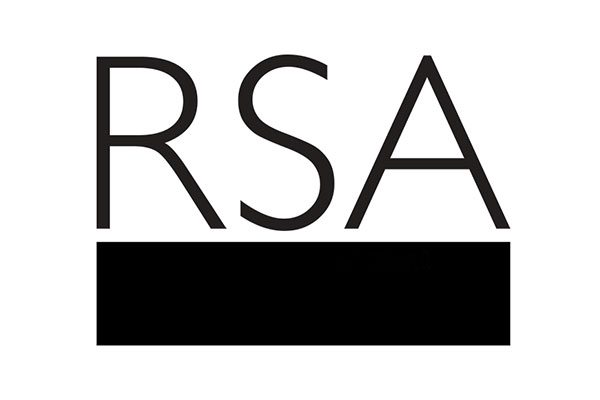
Be the first to write a comment
Comments
Please login to post a comment or reply
Don't have an account? Click here to register.